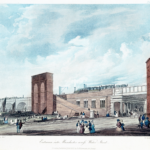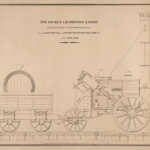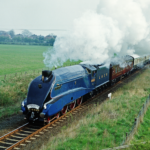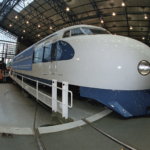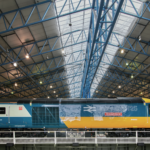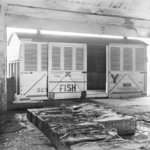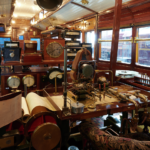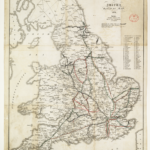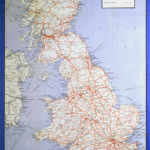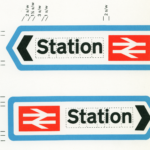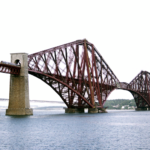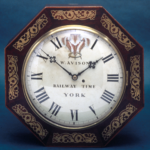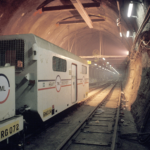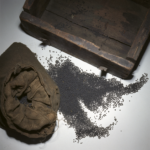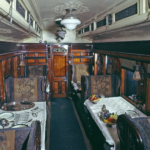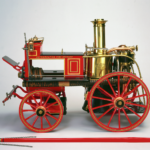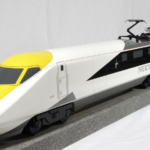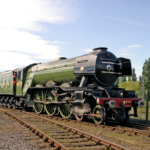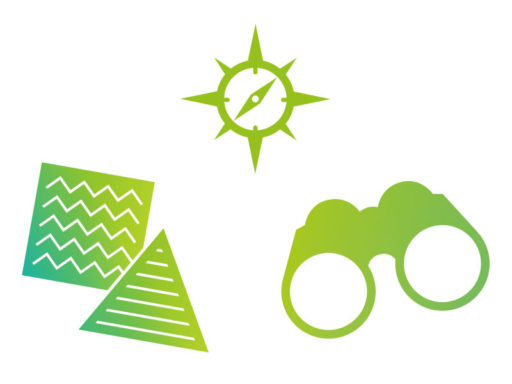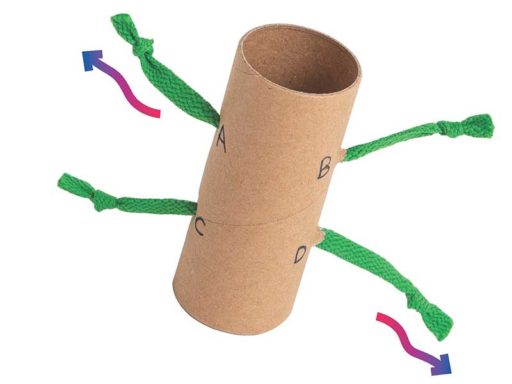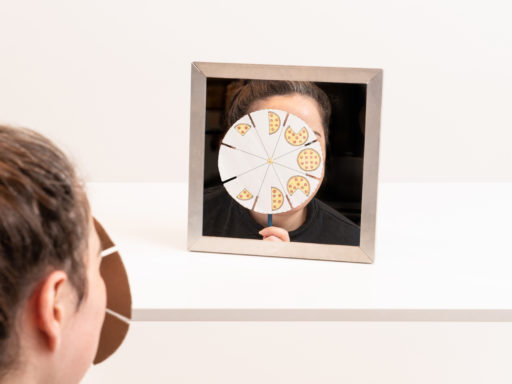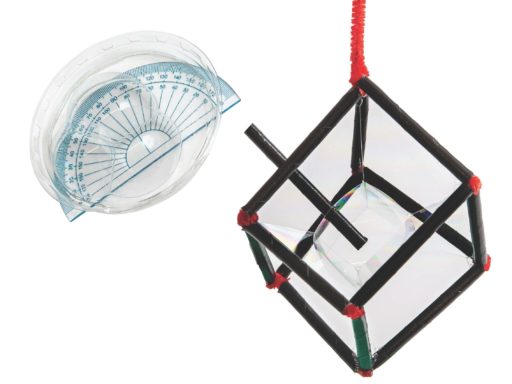The railway industry changed the world. Over 200 years ago the only ways to travel were by foot, horse or boat. After the invention of the steam engine, people began investing in and developing steam engines as a method of transport.
Railways transformed the ability to move things and people across the country and beyond, faster than was previously possible. The objects in this image bank showcase the influence of maths in the stories of trains and railways.
Measurement and geometry are used throughout the rail industry to do things such as designing locomotives, planning routes, creating timetables and setting fares. This involves measures such as weight, money, distance, time and speed.
Highlighting maths in the railway industry is a way of showcasing many useful practical applications of maths.
Images in this resource
Note
Click the thumbnails to skip to the full pictures.
Using images in your classroom
Our Science Museum Group museums are full of amazing objects which are all examples of how STEM (science, technology, engineering and maths) has changed our everyday lives.
You can use images:
- To hook students’ interest at the start of a lesson or to introduce a new topic.
- To highlight the relevance and practical applications of school subjects in our everyday lives.
- As part of a discussion to explore the stories of the people who have shaped the world we live in through their passion and creativity.
- As mystery objects to get your students using their STEM skills such as observation, using prior knowledge and asking questions.
- To create a display of applications of maths in your classroom, connecting past, present and future examples of technology.
- In a pre-visit activity to familiarise students with ways to look at objects in a museum.
talk about…
Use these questions to help spark discussion with the different images:
- What interests you or surprises you about these images?
- How do you think train travel compares with travel by bus, boat and aeroplane in terms of cost, speed and how many passengers each can carry?
- What different things do trains transport?
- What do these images not tell us?
- What would you like to know more about? How could you find out more?
Puffing Billy
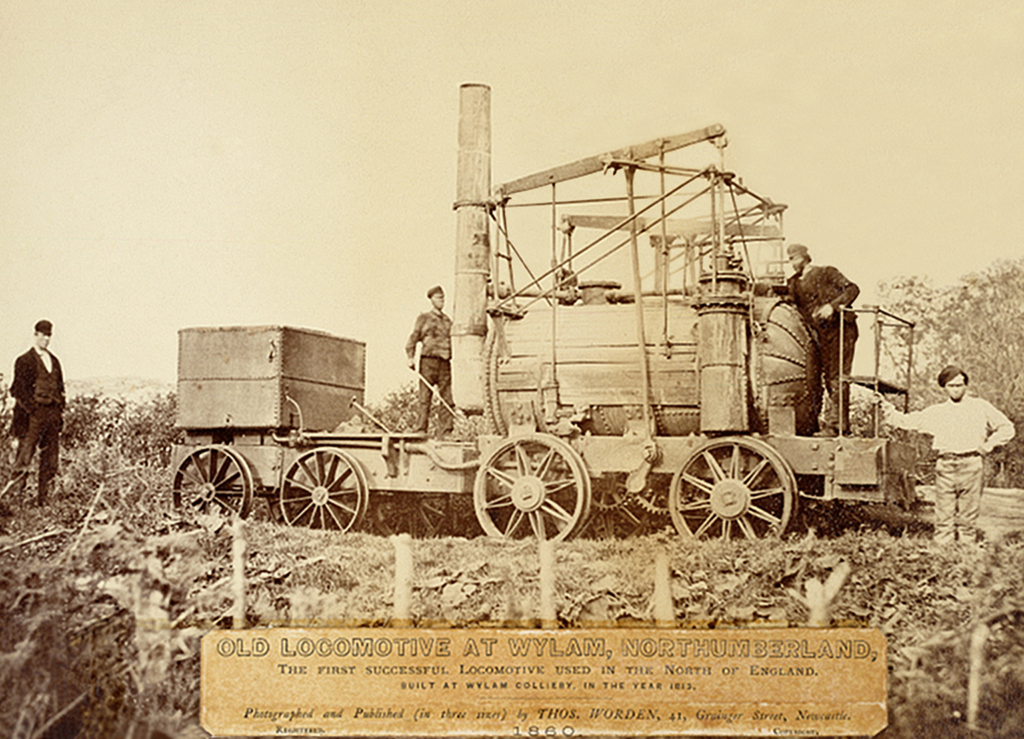
The first practical steam-powered locomotives moved slightly faster than walking pace. Puffing Billy, the world’s oldest surviving steam locomotive, hauled coal from the mine at Wylam to the docks at Lemington in Northumberland, from where the coal was distributed all over the world.
Think and talk about…
Puffing Billy could reach speeds of about 4mph (6.4km/h). Average walking speed is 3mph (4.8km/h) and horses trot at about 8mph (12.8km/h). How would using Puffing Billy be more beneficial than the alternatives at that time?
Back to top
Manchester terminus station
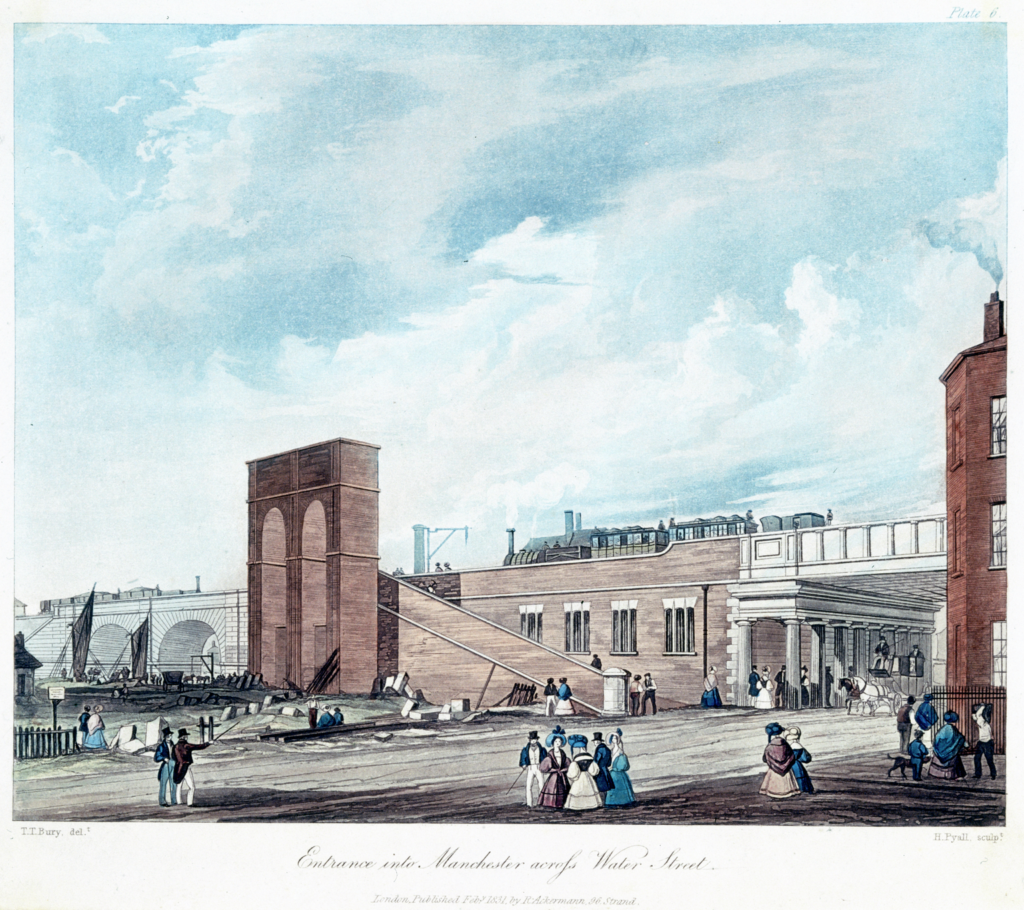
In the 1830s, travel between Liverpool and Manchester took:
- 12 hours by canal
- 3 hours by horse-drawn coach
- 2 hours by rail
The Liverpool and Manchester Railway was the world’s first steam-powered inter-urban railway and the first to transport both passengers and goods. Its Manchester terminus is now home to the Science and Industry Museum.
Think and talk about…
How do you think reduced travel times impacted on people’s lives? How are people and goods transported today?
Back to top
Sketch of Rocket
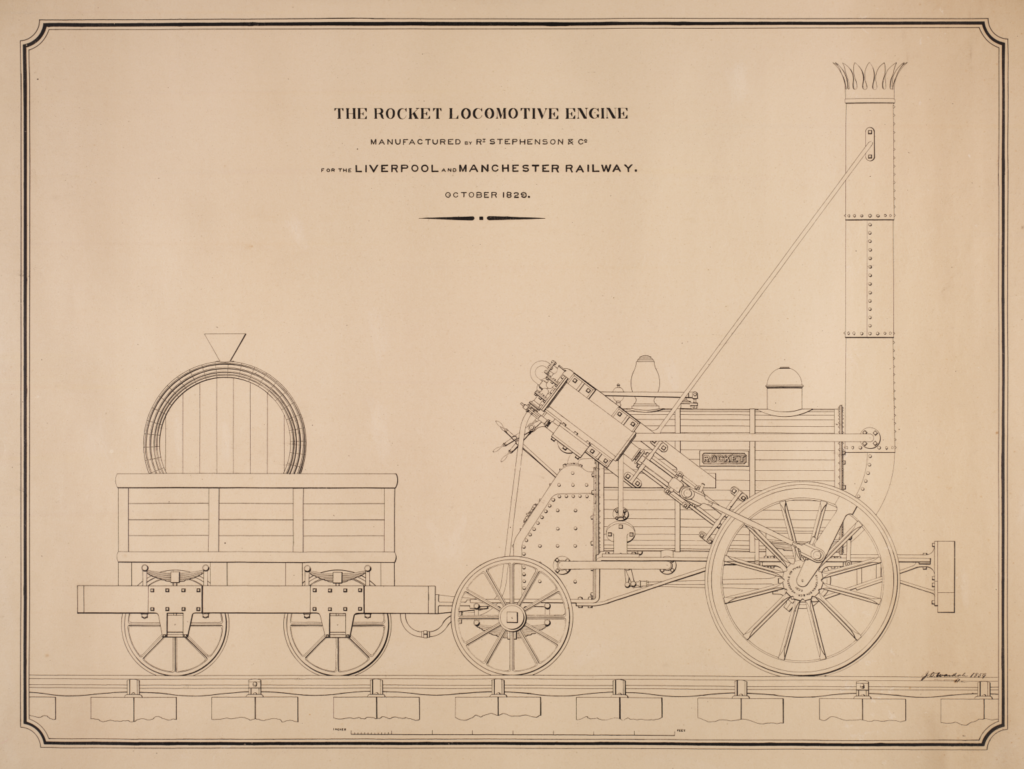
Stephenson’s Rocket was the winning design for a new locomotive to operate on the Liverpool and Manchester Railway. Able to achieve a top speed of 30mph, Rocket was a significant improvement on earlier designs.
This sketch was drawn by the company’s head draughtsman (a person who makes detailed technical plans or drawings).
Think and talk about…
What skills do you think a draughtsman would need?
How is the shape of locomotives different today?
Back to top
Mallard, Shinkasen, Inter-City Rail
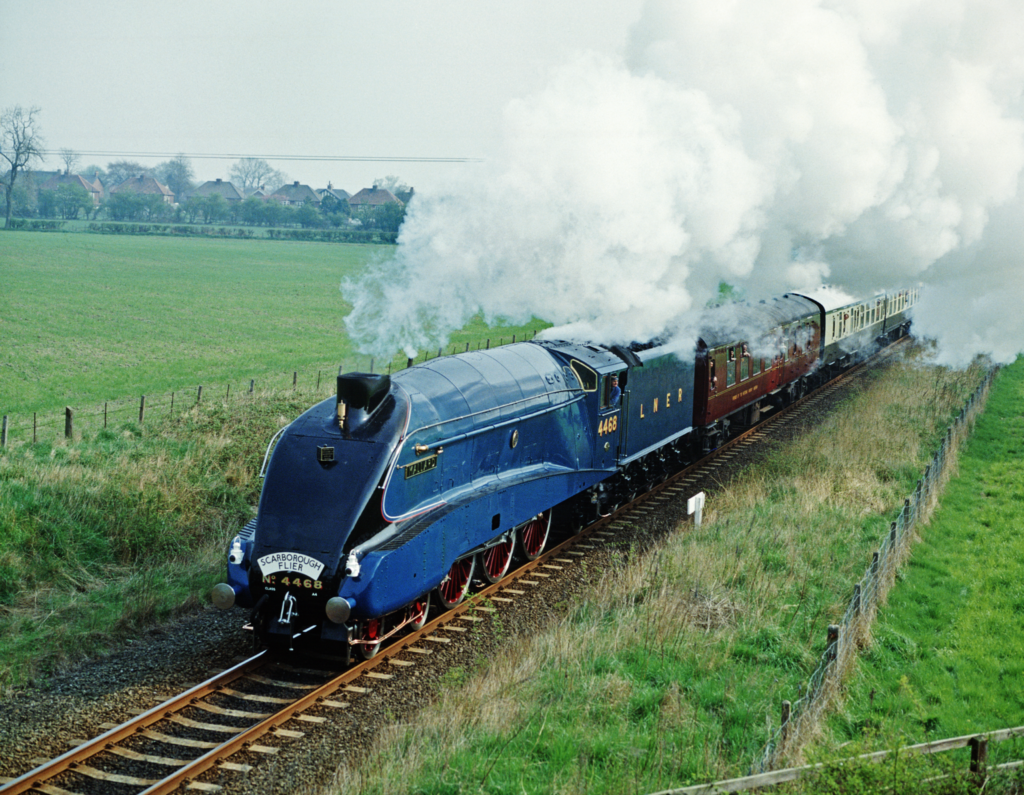
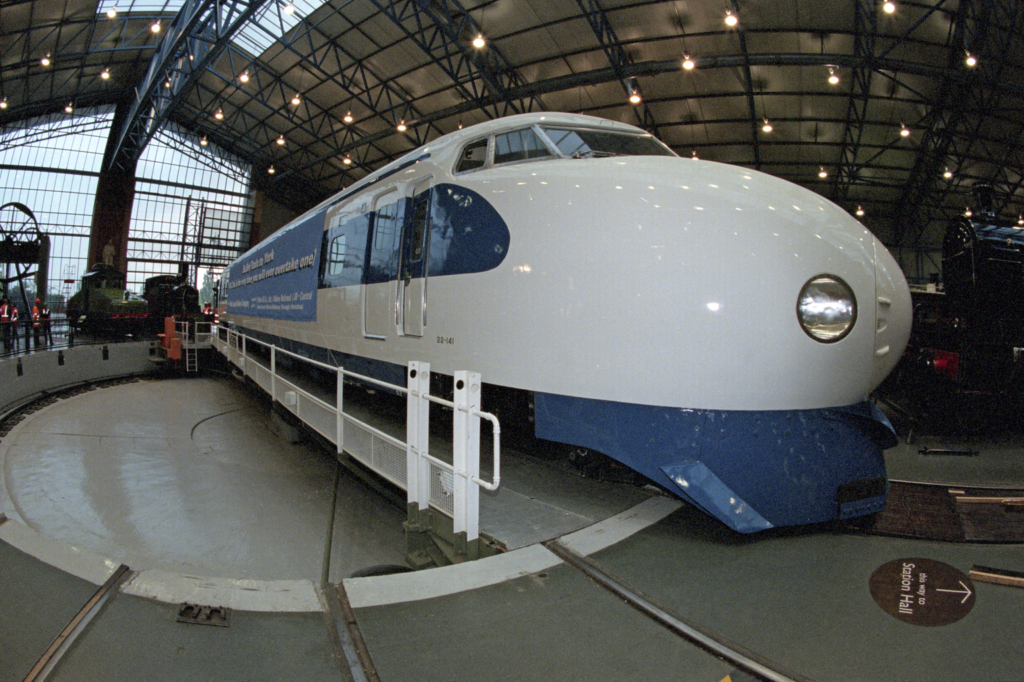
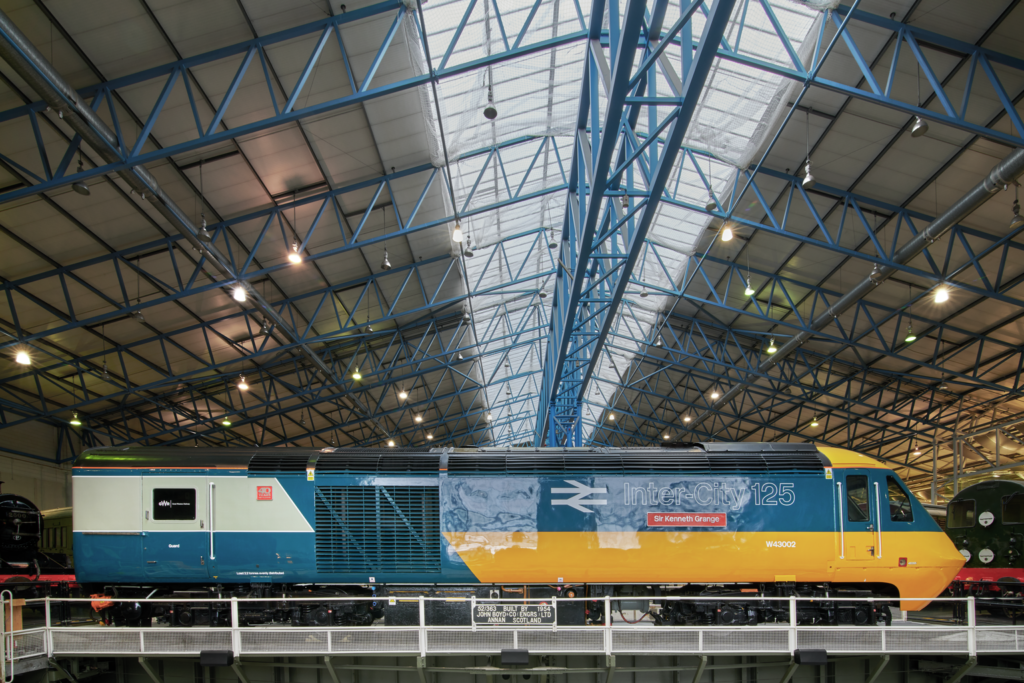
The speed of locomotives has increased dramatically since Stephenson’s Rocket. These images show Mallard (1938), a world record holder at 126mph; a Japanese Shinkansen (‘bullet train’, 1964), which regularly travelled at 130mph; and a High Speed Train power car (1976), which became the world’s fastest diesel train when it set a record of 143mph.
Think and talk about…
As our engineering expertise has progressed, so has our ability to travel faster. What’s the fastest you have travelled?
Back to top
Fish van
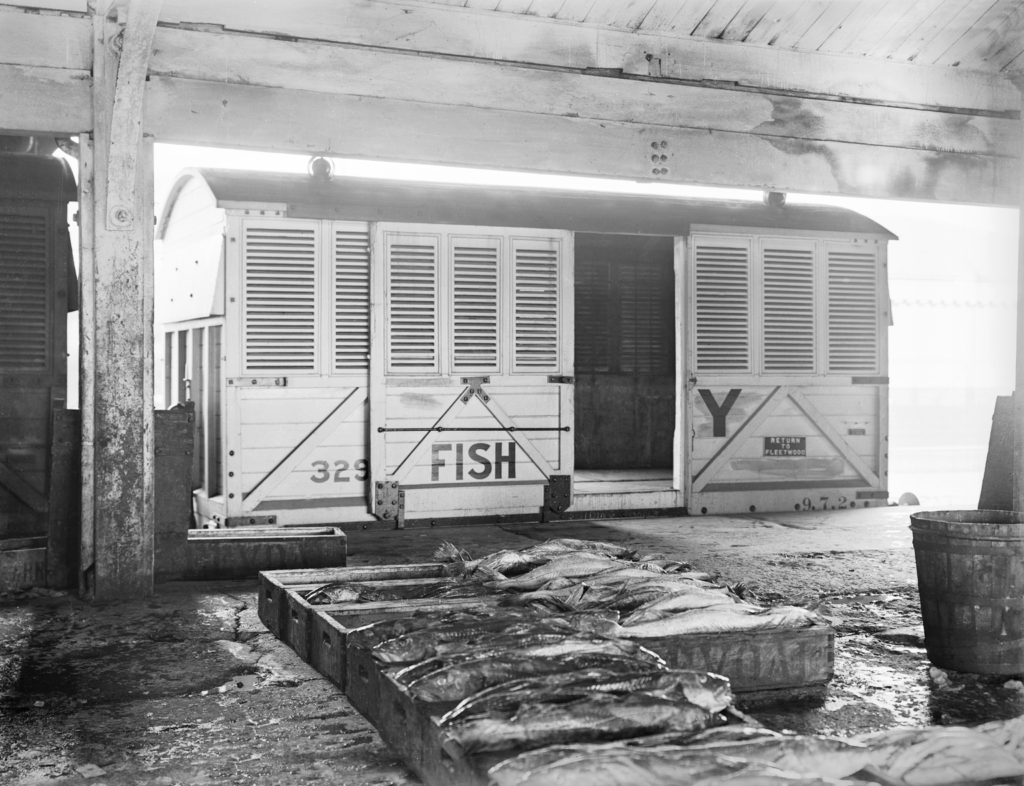
Fish and chips became a national dish because of the railways.
For the first time it was possible to transport fresh fish inland quickly, improving the British diet. Fish vans had special sides to keep them cool, which prevented the fish rotting during the journey.
Think and talk about…
How many fish do you think it was possible to fit in one of these railway vans?
Do you know where your favourite food comes from?
Back to top
Dynamo car
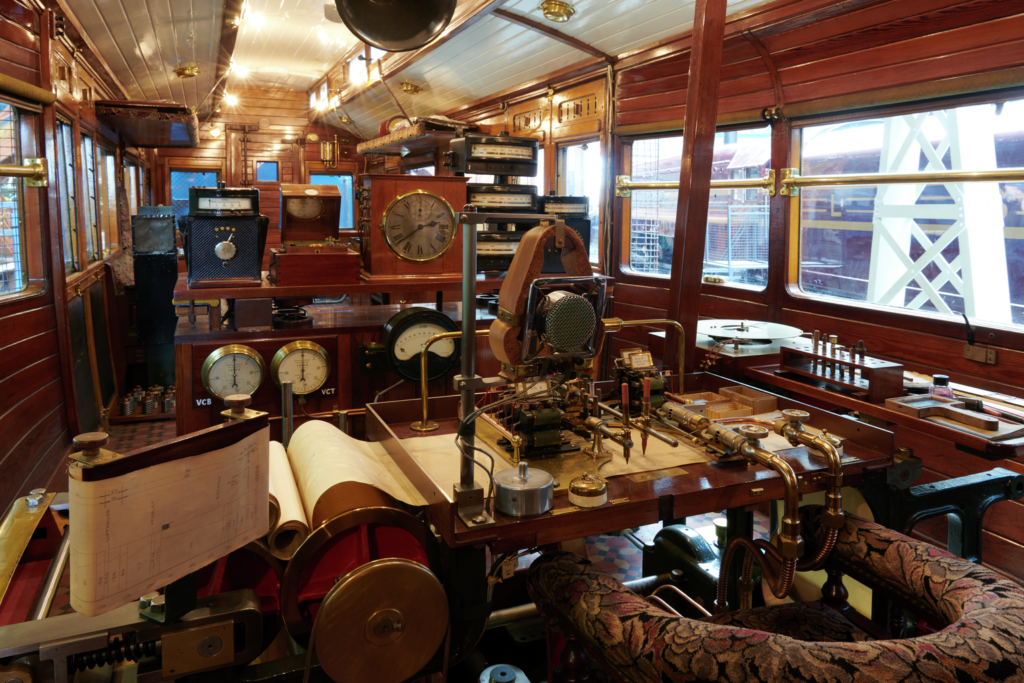
In the 1900s, competition for building the best locomotives was fierce, and these dynamometer cars were critical for measuring performance and tracking improvements.
They would be attached behind the locomotive to measure various aspects of its performance, including pulling force, power, top speed, shaking of the carriages and so on.
Think and talk about…
What aspect of a locomotive do you consider the most important? Speed, efficiency, design or something else?
Back to top
Railway maps

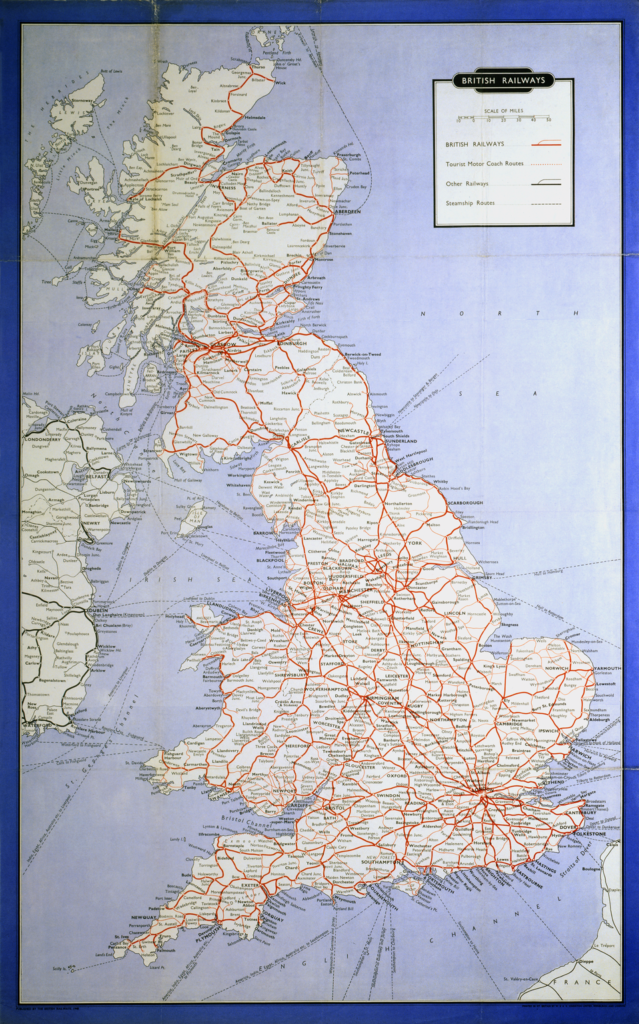
Maths was crucial in planning where the railways would go and when (finding the shortest distance between two places, and working out what needed to be transported and how frequently). Initially, different rail companies built their own local routes, but over time these expanded into a massive national network.
Think and talk about…
What’s the furthest place you have been in the UK?
How long did it take you to get there?#
Back to top
Signs
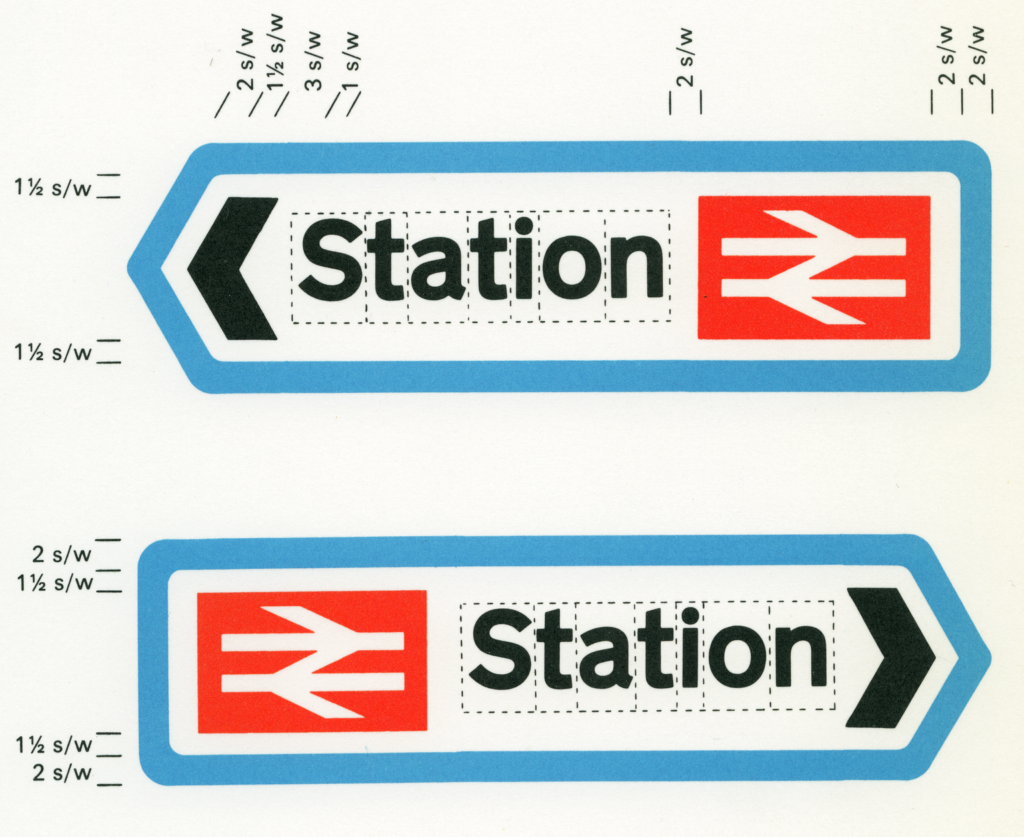
Imagine you are in a new place and want to get to the rail station. What would you look out for? Signs like these are made to specific measurements and guidelines about the size of letters and spacing between them. This helps us to know what to look out for.
Think and talk about…
Why is it important that some signs have a standard look? Can you think of other signs that always look the same?
If you had the chance to design a new sign for rail travel, what would it look like?
Back to top
Bridge
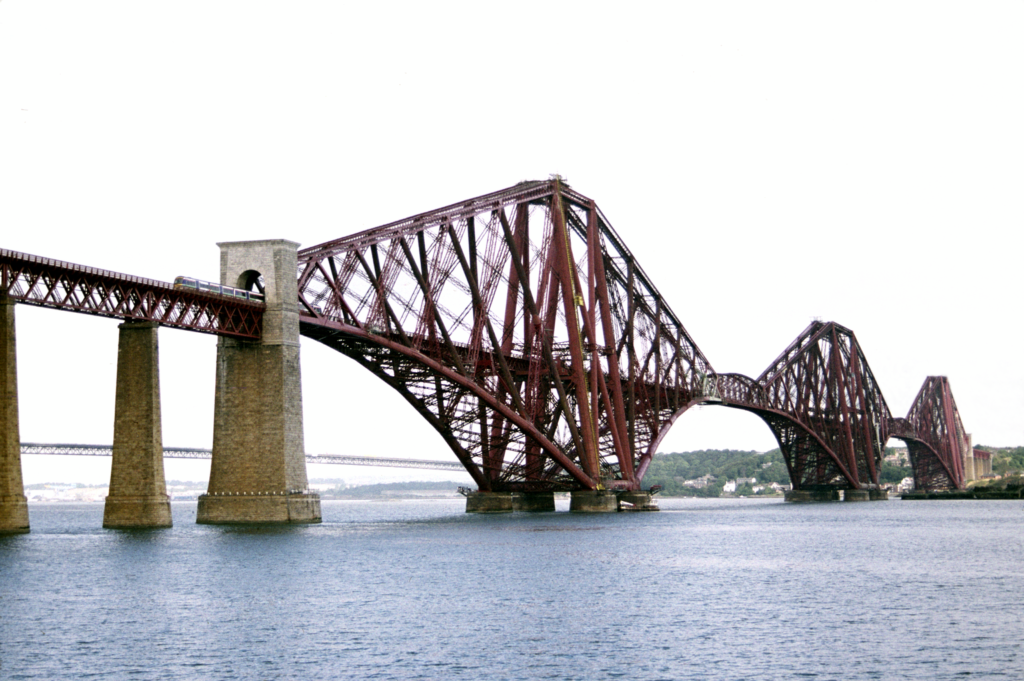
Trains need to travel from one point to another in the quickest way possible. Sometimes this means massive structures are needed to overcome nature’s obstacles, such as this bridge spanning the Firth of Forth in Scotland.
To make sure bridges don’t collapse, it’s important to calculate forces to ensure they are balanced.
Think and talk about…
Imagine you are building a bridge. What shapes do you think would be the strongest to use?
Back to top
Clock
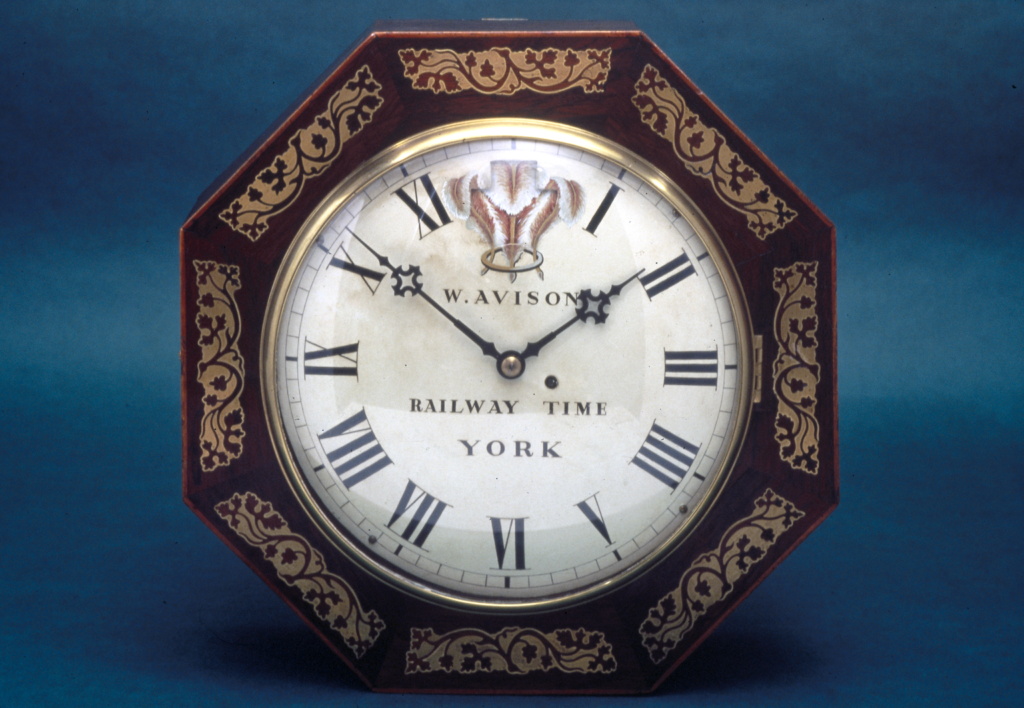
When rail travel started, time throughout the UK differed slightly as it was based on the sun. The sun rises earlier in the east, so when it was 10.00 in London, it was only 09.49 in Bath and 09.42 in Exeter.
In the 1840s, railways switched to ‘railway time’ (Greenwich Mean Time).
Think and talk about…
Why would standardised time be important for rail travel?
Back to top
Chunnel train

The Channel Tunnel is the world’s longest undersea tunnel. The section beneath the seabed is 38km long.
When the ‘Chunnel’ was being built, the huge volume of chalk and earth removed on the UK side was deposited near the white cliffs of Dover to create a large new park called Samphire Hoe.
Think and talk about…
Why do you think a tunnel was built instead of a bridge?
Back to top
Lead shot
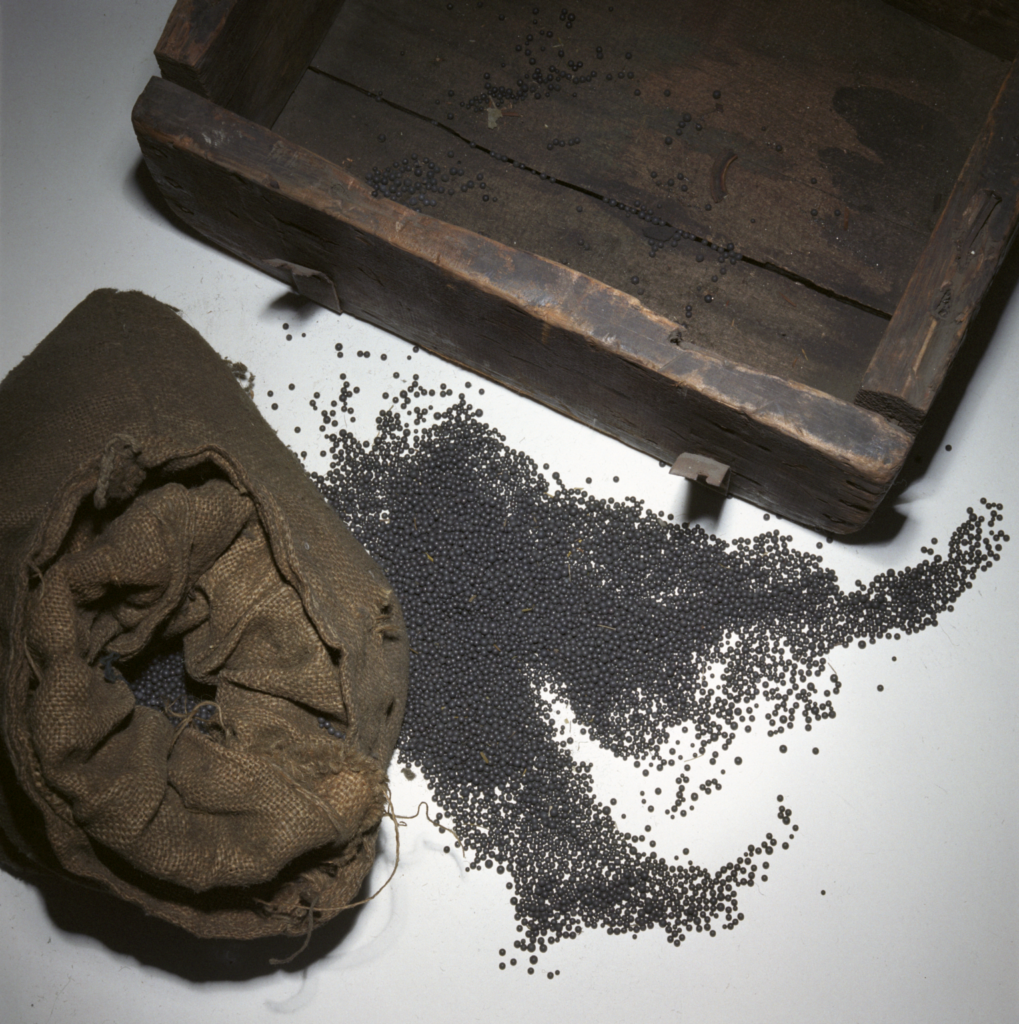
The first great train robbery occurred in 1855.
Gold was stolen from a train’s safe as it travelled between London and Folkestone. The crime wasn’t discovered until the safe reached Paris. The thieves had replaced the gold with lead, as it weighed about the same but was inexpensive.
Think and talk about…
Imagine a book bag or a pencil case. What could you replace the items with so that it would look and weigh about the same?
Back to top
Third class, first class
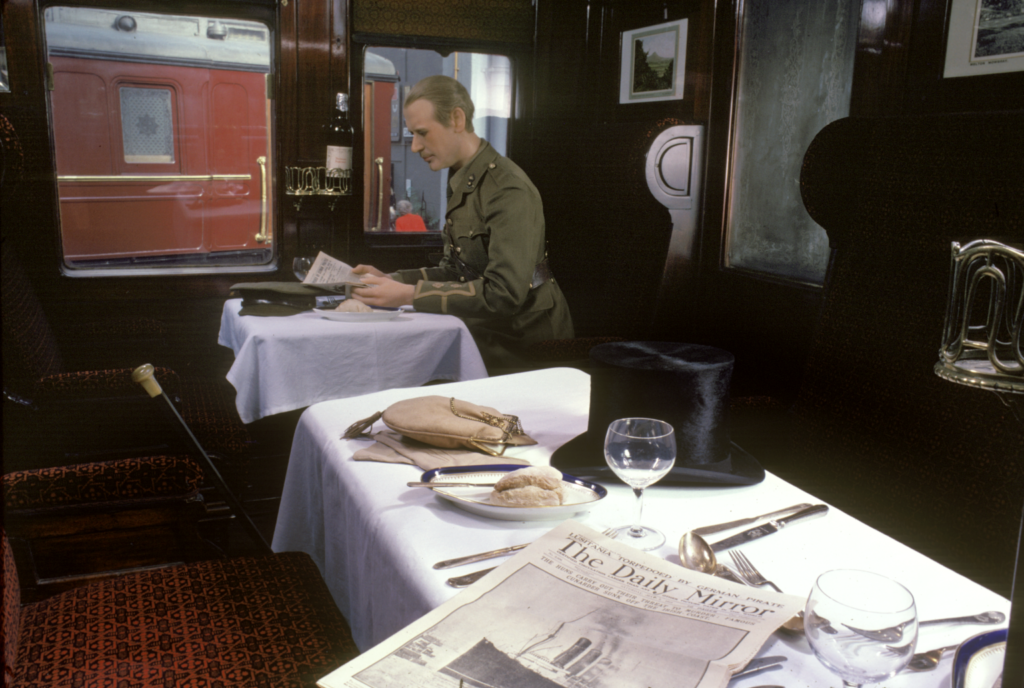
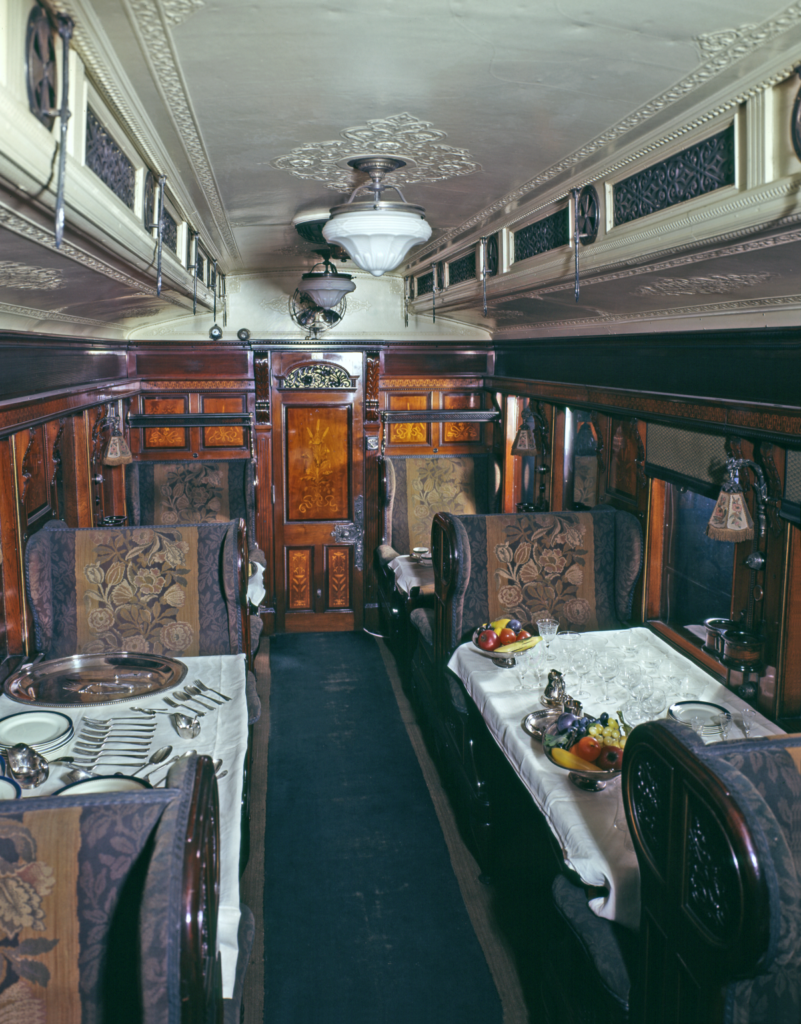
Running train services is expensive and passengers have always paid to use them. Where more people use less space, they can be charged less. Just like today, in the 1900s there were different prices depending on which class you chose.
These images show first- and third-class dining carriages.
Think and talk about…
Other than the class of travel, what else do you think influences the price of tickets?
Back to top
Model prototypes of trains
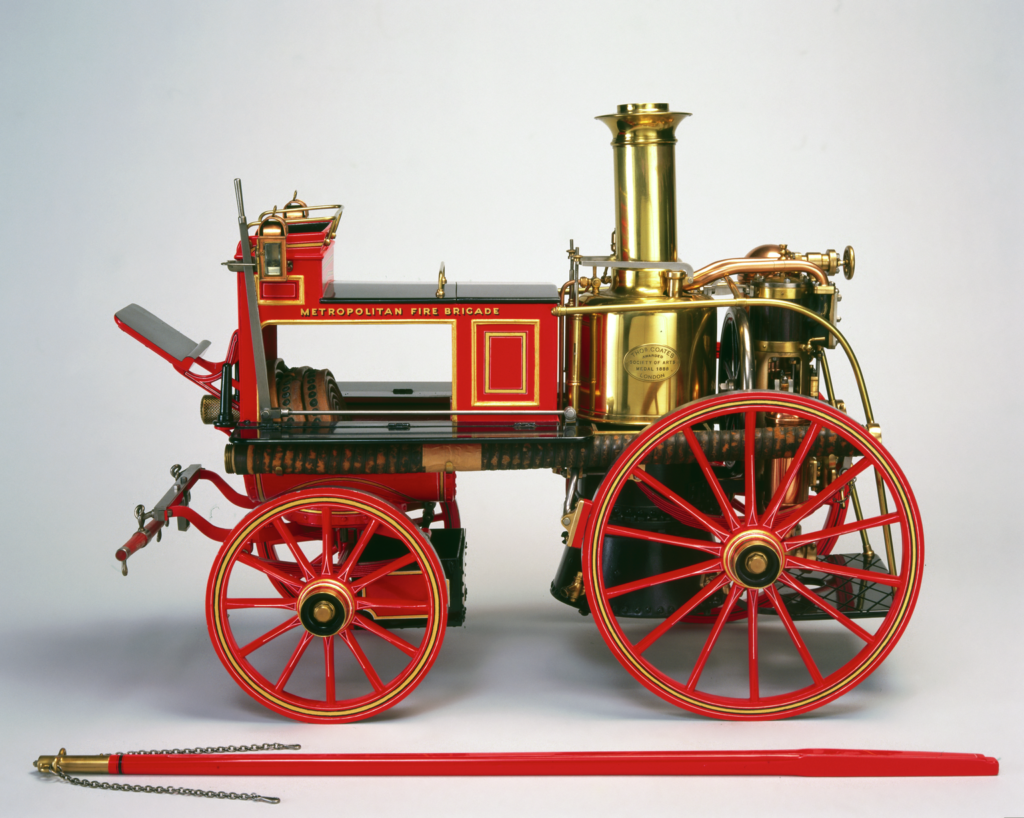
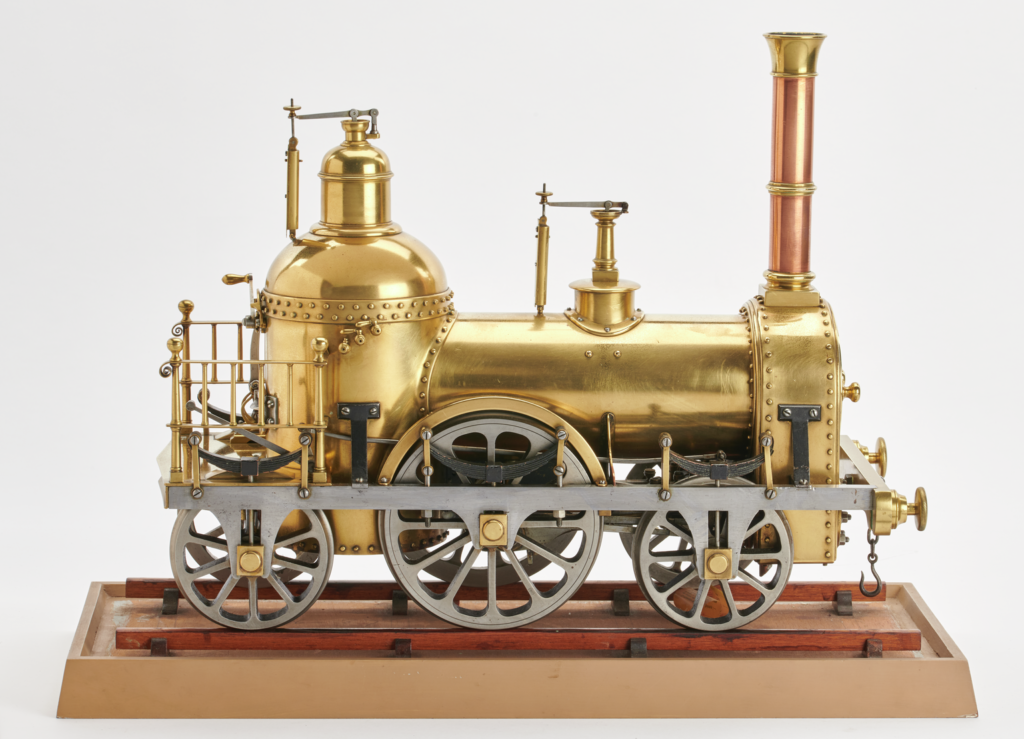
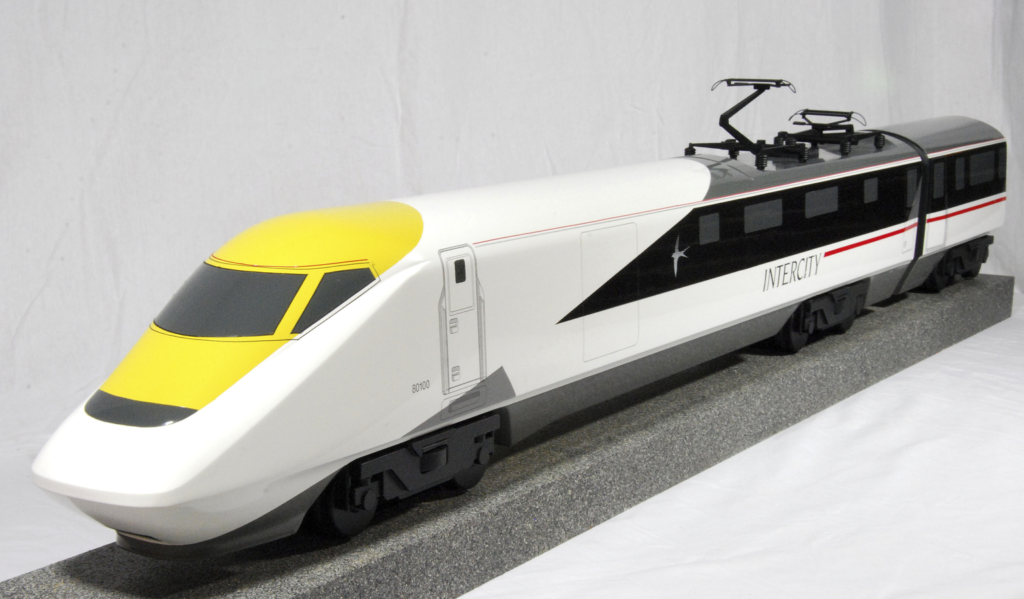
Before spending vast amounts of money building full-scale trains, prototyping with scale models is important for testing designs and solving potential problems.
Models can also be used for display purposes to capture representations of large objects that couldn’t otherwise be seen.
Think and talk about…
The last object is a 1:20 scale concept model of the InterCity 250 Class 93 locomotive (1990), measuring 1,514mm x 164mm x 335mm. How would you work out how big the full-size version was meant to be?
Back to top
Flying Scotsman
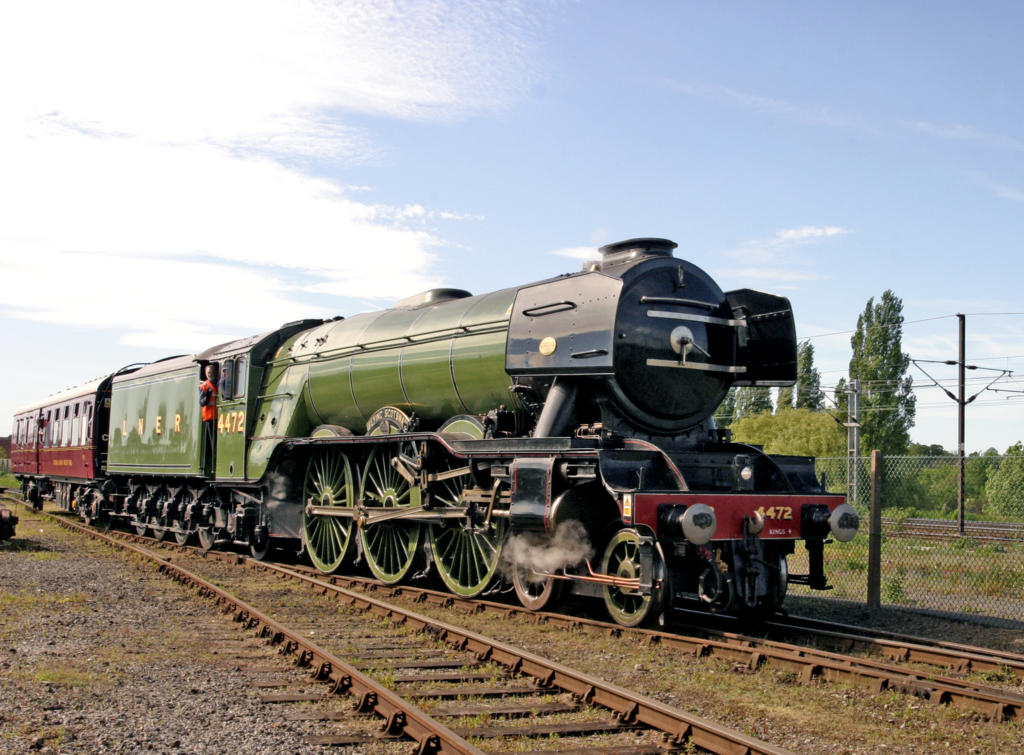
Sometimes old things cost more.
The Flying Scotsman locomotive (1923) cost about £7,750 (around £484,000 today). In 1963 British Railways sold it for £3,000. In 1996 it was purchased privately for £1.25 million. The National Railway Museum paid £2.53 million for it in 2004 and £4.2 million restoring it to working order!
Think and talk about…
Imagine if cost was determined by how important something was to you. What would you consider your most valuable item?

